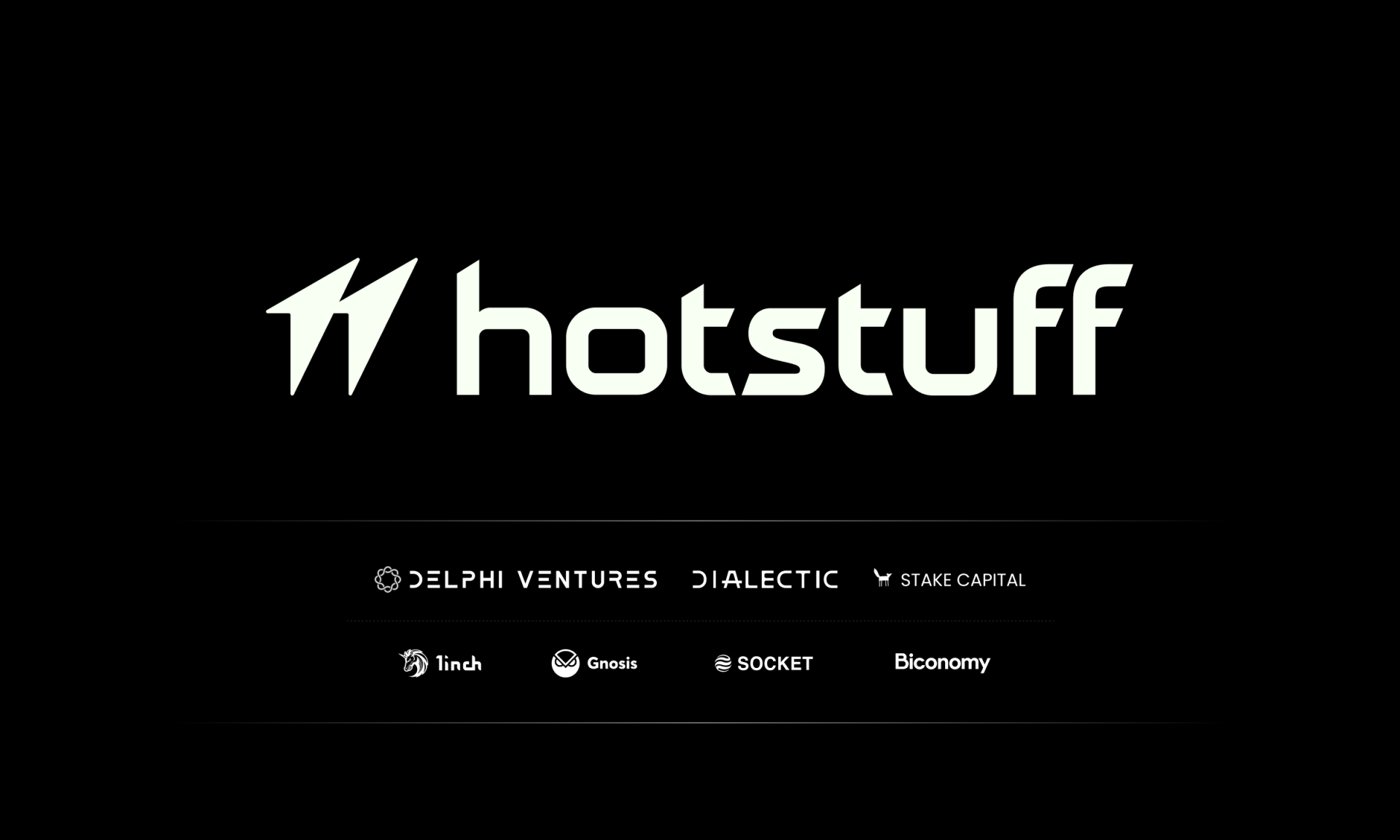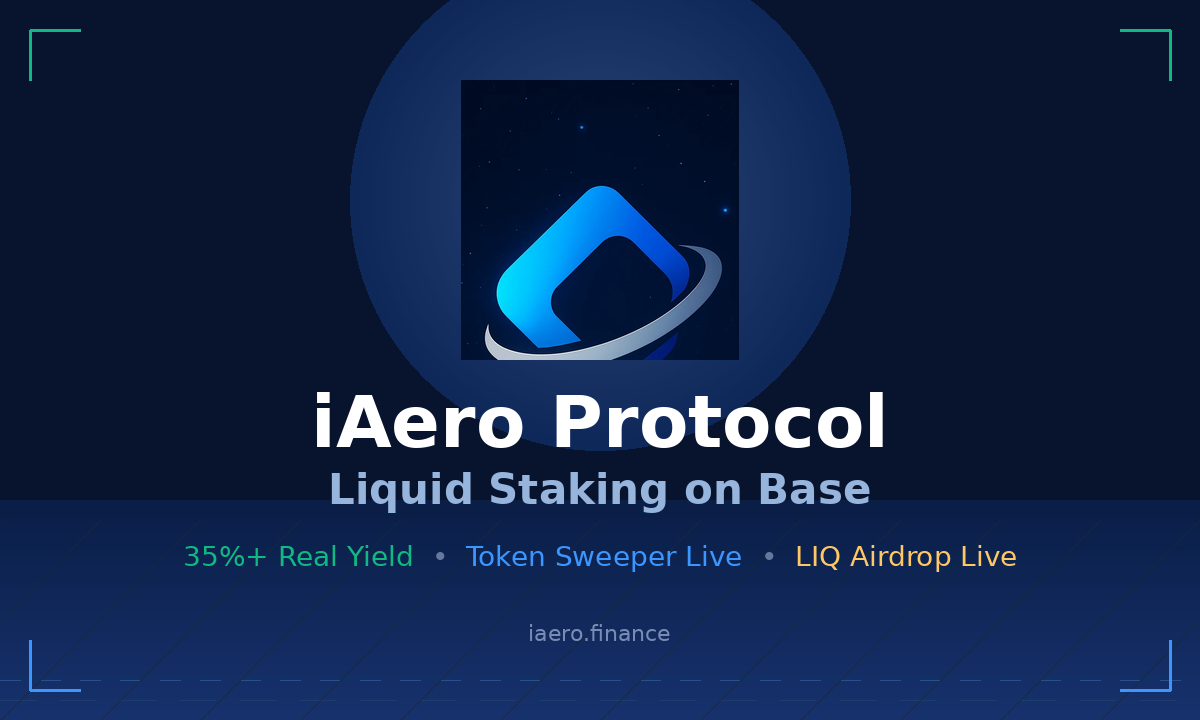N.E.M is an abbreviation for ‘New Economic Movement’. It is a decentralized blockchain-based network. NEM is also the name for the cryptocurrency token native to the platform, which is otherwise known as XEM.Â
The NEM network was created as a platform for the creation and deployment of dapps (or decentralized applications) and intended to be used to manage assets easily and inexpensively.
The first version of NEM was released in 2014 as a fork-out version of NXT (another blockchain-based asset and payment platform).Â
 However, the original idea was changed and a more stable version was built from scratch and released in 2015.
The NEM network has XEM as its native cryptocurrency and has a coinmarketcap.com rank of #90, a circulating supply of 9 billion XEM, and a market cap of over $437M at the time of writing.

Who Is The Founder Of The NEM Network?
NEM was founded as a pet project of a bitcoin talk forum user known simply as ‘UtopianFuture’ on January 19th, 2014.
UtopianFuture initiated a discussion about creating a new blockchain platform from scratch, managed exclusively by community members. He spoke about how the NXT network motivated him to build a new blockchain project.Â
In 2014, a new fork of the NXT platform was developed and subsequently managed by a non-profit organization based in Singapore called the NEM foundation.
Though the XEM cryptocurrency is not used as a traditional form of digital payment like Ethereum and Bitcoin are, XEM has otherwise grown in value.Â
Which Consensus Algorithm Does The NEM Network Use?
The platform aims to make blockchain-based projects more scalable through its proof-of-importance algorithm and smart asset system. Its blockchain is used to manage and build dapps with a focus on allowing customization via API (application programming interface) calls.
Through the platform’s proof of importance consensus algorithm, every node and therefore every computer in the network has an importance score. To process transactions, a consensus is run against these importance scores. This consensus determines the order in which transactions get processed.
A user’s importance score can increase by one of the following means.
- Holding a minimum amount of XEM coins
Once a user gathers at least 10,000 XEM coins, their importance score can increase. This is known as ‘vesting’.Â
The system checks these scores and determines if a user can add blocks to the network or not, in a process known as ‘harvesting’.
- Number and size of transactions over a period of thirty days.
- Transaction partners on the network.
Is The NEM Network Fully Centralized?
Unlike most other completely decentralized cryptocurrency platforms like Ethereum and Bitcoin, the NEM network focuses on partial decentralization. This allows the users and creators greater control over who can view and use the stored data and assets on the network.
Which Projects Has The NEM Network Been Involved In?
In 2018, Ukraine’s electoral committee launched a voting system on the NEM blockchain as a test mode experiment. This experiment was used to test the feasibility of blockchain-based voting systems.Â
The NEM network is currently involved in several projects, including
- Wave: An international investment management company
- CycleBit: A platform that empowers retailers to take advantage of new opportunities to accept and use digital currencies for purchases
- Propine: An end-to-end securities services firm
- Mobi: An Australian carpooling app that uses XEM as a form of payment









